CARING WITH FAMILY
|
| The level of affection a breed exhibits towards family members or familiar individuals can vary. Certain breeds may demonstrate a propensity for being more reserved and aloof towards everyone except their owner, while others have a naturally friendly disposition and treat everyone they know as their closest companion. |
LOVE WITH CHILDREN
Unwise
Good With Children
|
| The level of tolerance and patience of a breed towards children's behavior along with its family-friendly nature, highlights the need for constant supervision of dogs around young children or those with minimal exposure to dogs. |
BEHAVIOR WITH DOGS
Unwise
Good With Other Dogs
|
| The overall friendliness of a breed towards other dogs is an important factor to consider. It is crucial to supervise dogs during interactions and introductions with other dogs, as some breeds have a natural inclination to get along well with their canine counterparts, whether it be at home or in public settings. |
SHEDDING LEVELS & MANAGEMENT
No Shedding
Hair Everywhere
|
| The amount of fur and hair a breed is prone to shedding is a crucial consideration. Breeds with high shedding will require more frequent brushing can potentially trigger certain allergies and may necessitate more regular vacuuming and lint-rolling to keep the environment clean. |
COAT GROOMING STANDARDS
|
| When evaluating the grooming requirements of a breed, it is important to consider the frequency of bathing, brushing, trimming and other forms of coat maintenance. This assessment should take into account the time, patience and budget you have available for such care. Additionally, it is necessary to note that regular nail trimming is essential for all breeds. |
DROOLING INTENSITY
Less Likely to Drool
Always Have a Towel
|
| The tendency of a breed to drool is a significant factor to consider. If you prefer cleanliness and are meticulous about hygiene, breeds that are prone to leaving slobber trails on your arm or large wet spots on your clothes may not be the ideal choice for you. |
COAT STYLES GUIDE |
| Wiry, Double |
| COAT SPECTRUM |
| Medium |
FRIENDLINESS
Reserved
Everyone Is My Best Friend
|
| The level of welcoming behavior a breed typically displays towards strangers is an important aspect to consider. Certain breeds may exhibit reserved or cautious behavior around strangers, regardless of the situation, while other breeds may enthusiastically greet and engage with new humans whenever they are present. |
LIVELINESS
Only When You Want To Play
Non-Stop
|
| The level of enthusiasm a breed displays towards play, even beyond the puppy stage is an important factor to consider. Certain breeds will maintain a strong desire to play tug-of-war or fetch well into their adult years, while others will be content to relax on the couch with you for the majority of the time. |
VIGILANCE INTENSITY
What's Mine Is Yours
Vigilant
|
| The breed's tendency to alert you when strangers are nearby is a crucial characteristic to consider. Some breeds are more inclined to react to potential threats, whether it's the mailman or a squirrel outside the window. These breeds are likely to warm up to strangers who enter the house and are accepted by their family. |
ADAPTATION CAPACITY
Lives For Routine
Highly Adaptable
|
| The adaptability of a breed to handle change is an essential aspect to consider. This encompasses how well a breed adjusts to changes in living conditions, noise levels, weather conditions, daily schedules and other variations in day-to-day life. |
OBEDIENCE LEVEL
Self-Willed
Eager to Please
|
| The ease of training and the willingness of a dog to learn new things are significant factors to consider. Certain breeds have a strong desire to please their owners and are eager to learn, while others may exhibit a more independent nature preferring to do things their own way, when and where they choose. |
STAMINA LEVEL
|
| The exercise and mental stimulation requirements of a breed are essential factors to consider. High-energy breeds are always ready and enthusiastic for their next adventure, engaging in activities such as running, jumping and playing throughout the day. On the other hand, low-energy breeds tend to have a more relaxed demeanor content with lounging around and enjoying peaceful snoozes. |
VOCALIZATION
|
| Medium |
LEARNING CURIOSITY LEVEL
Happy to Lounge
Needs a Job or Activity
|
| The mental stimulation required to keep a breed happy and healthy is an important consideration. Purpose-bred dogs often have jobs that involve decision-making, problem-solving, concentration and other mental qualities. Without adequate mental exercise, these dogs may create their own activities to keep their minds occupied and they may not align with the kind of projects you would prefer. Providing sufficient mental stimulation is essential to prevent boredom and promote the overall well-being of these breeds. |
| COLORS |
|
Description
|
Registration Code
|
|
Brown & Gray
|
306
|
|
Chestnut & Gray
|
307
|
|
White & Brown
|
204
|
|
White & Orange
|
213
|
|
White
|
199
|
|
Brown
|
061
|
|
Chestnut
|
070
|
|
| PATTERNS |
|
Description
|
Registration Code
|
|
Ticked
|
013
|
|
Roan
|
036
|
|



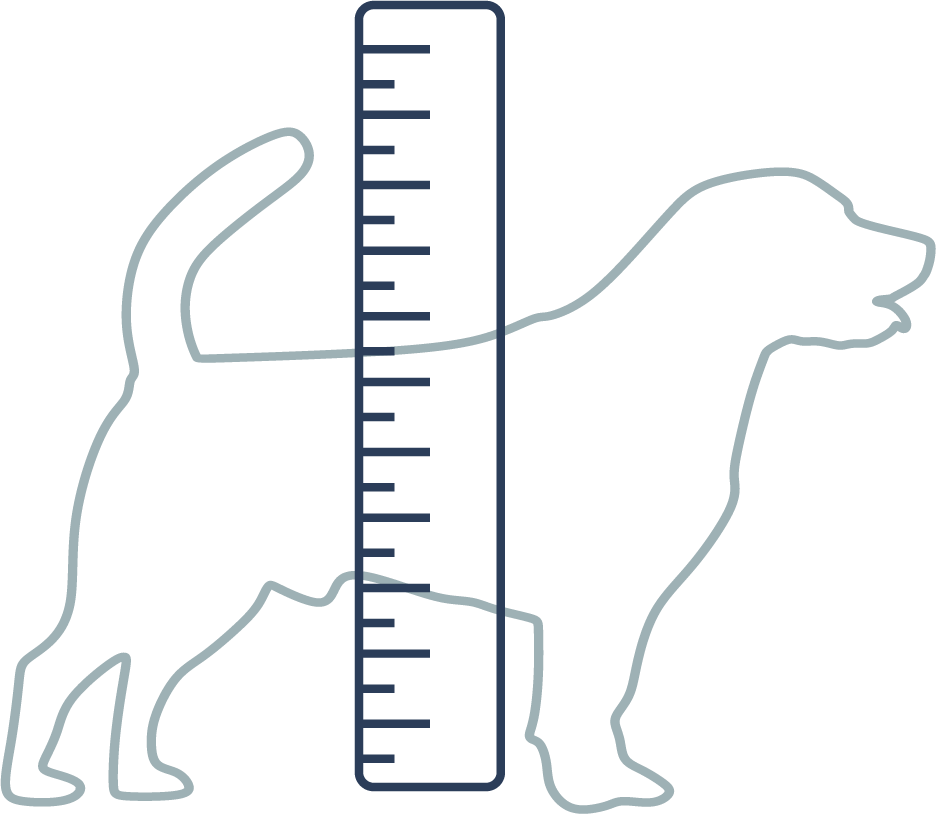


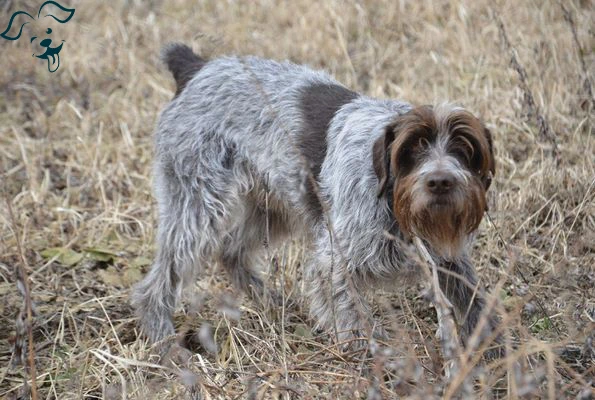
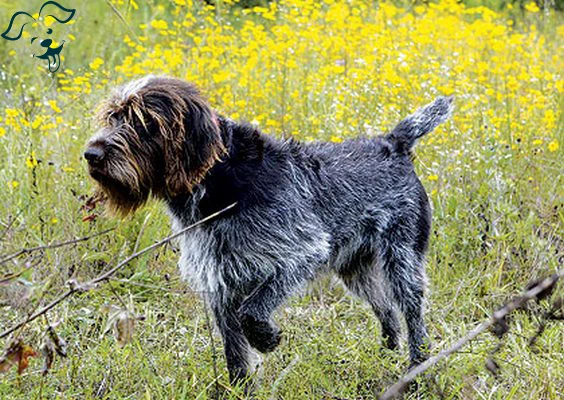
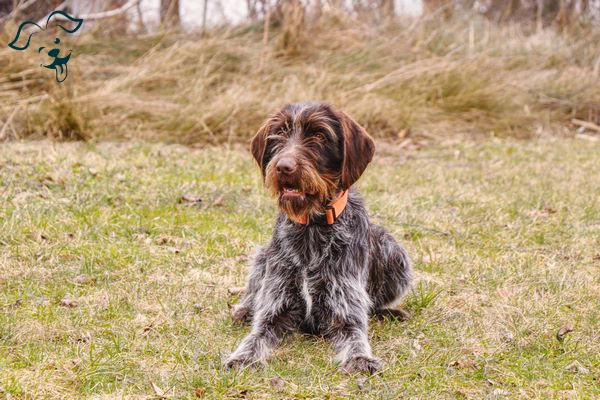
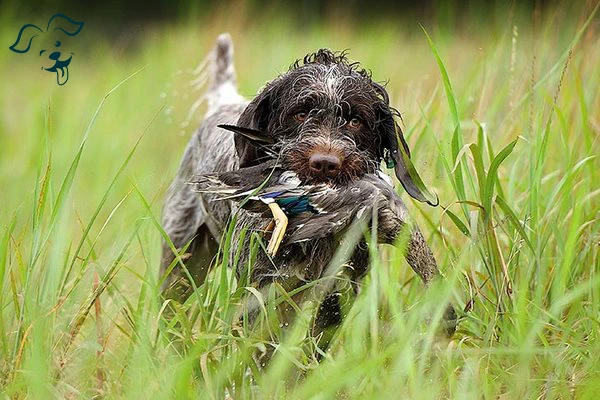









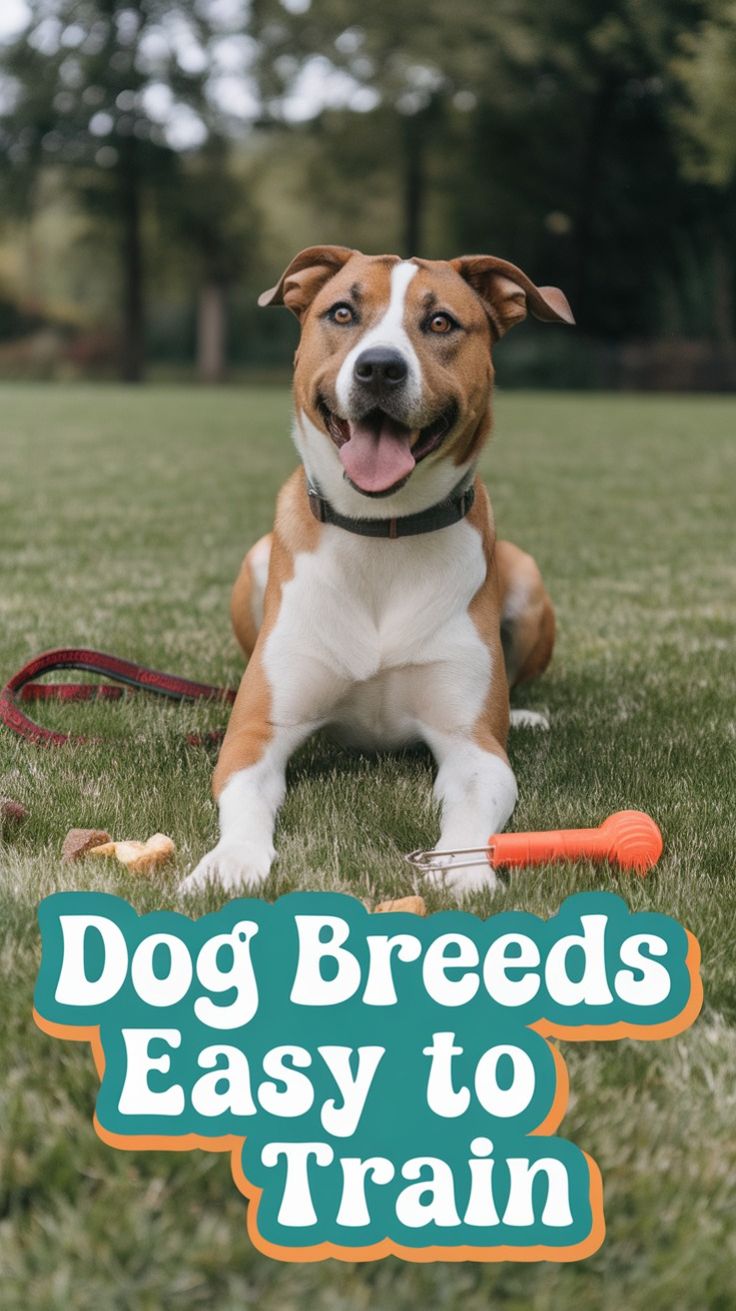
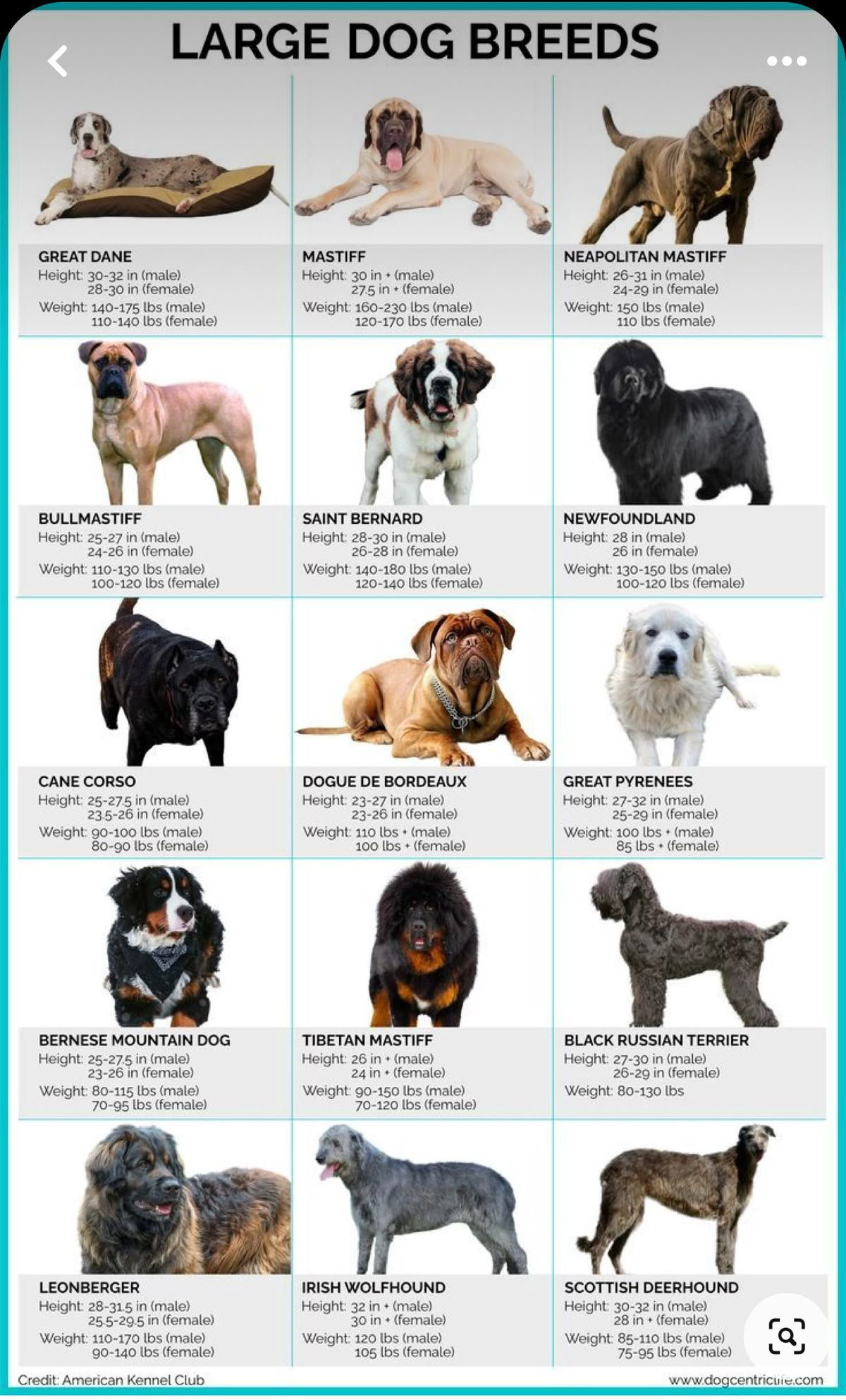

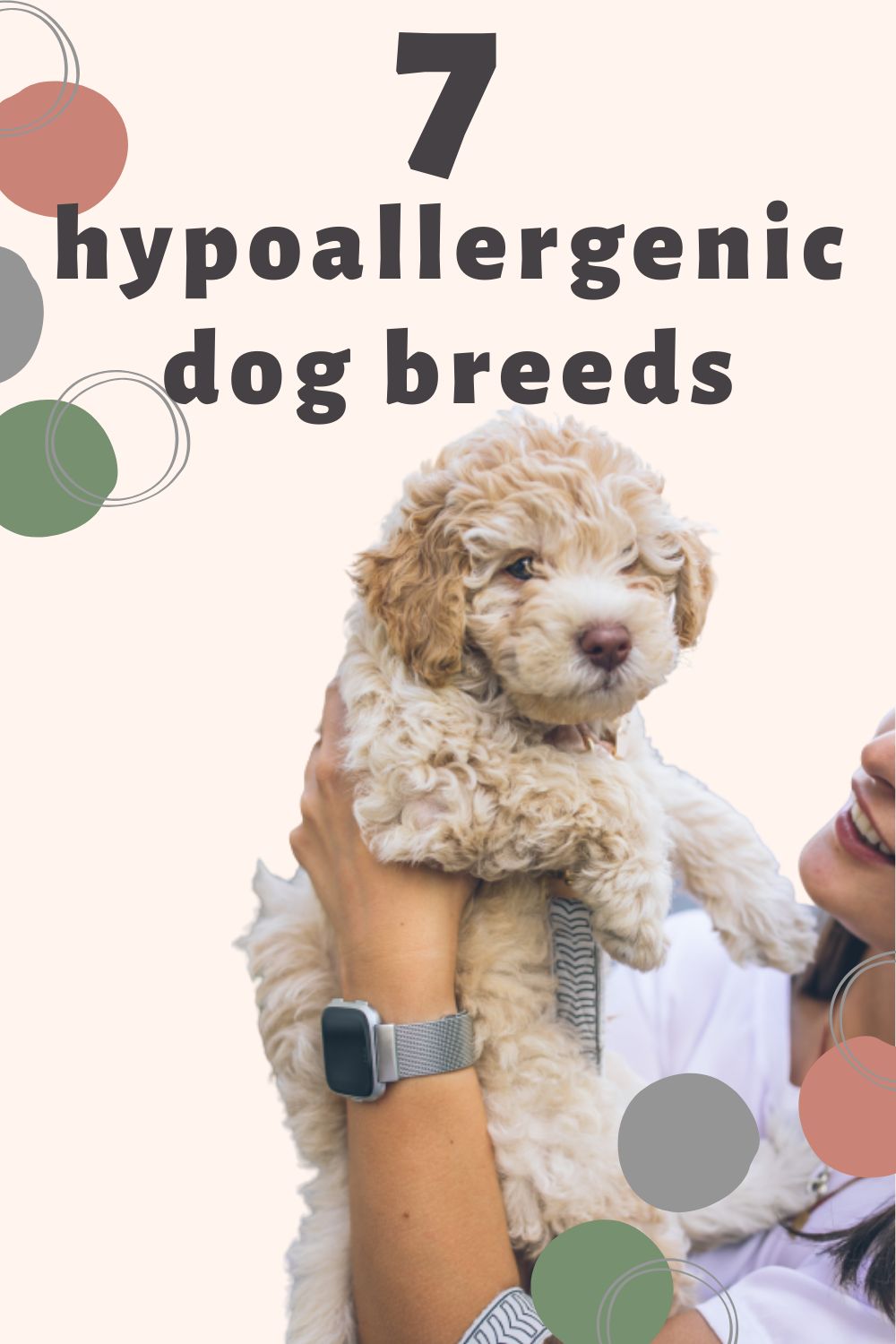




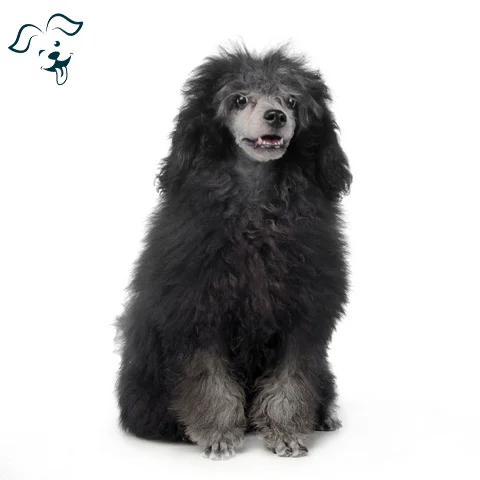


FRIENDLINESS
LIVELINESS
VIGILANCE INTENSITY
ADAPTATION CAPACITY